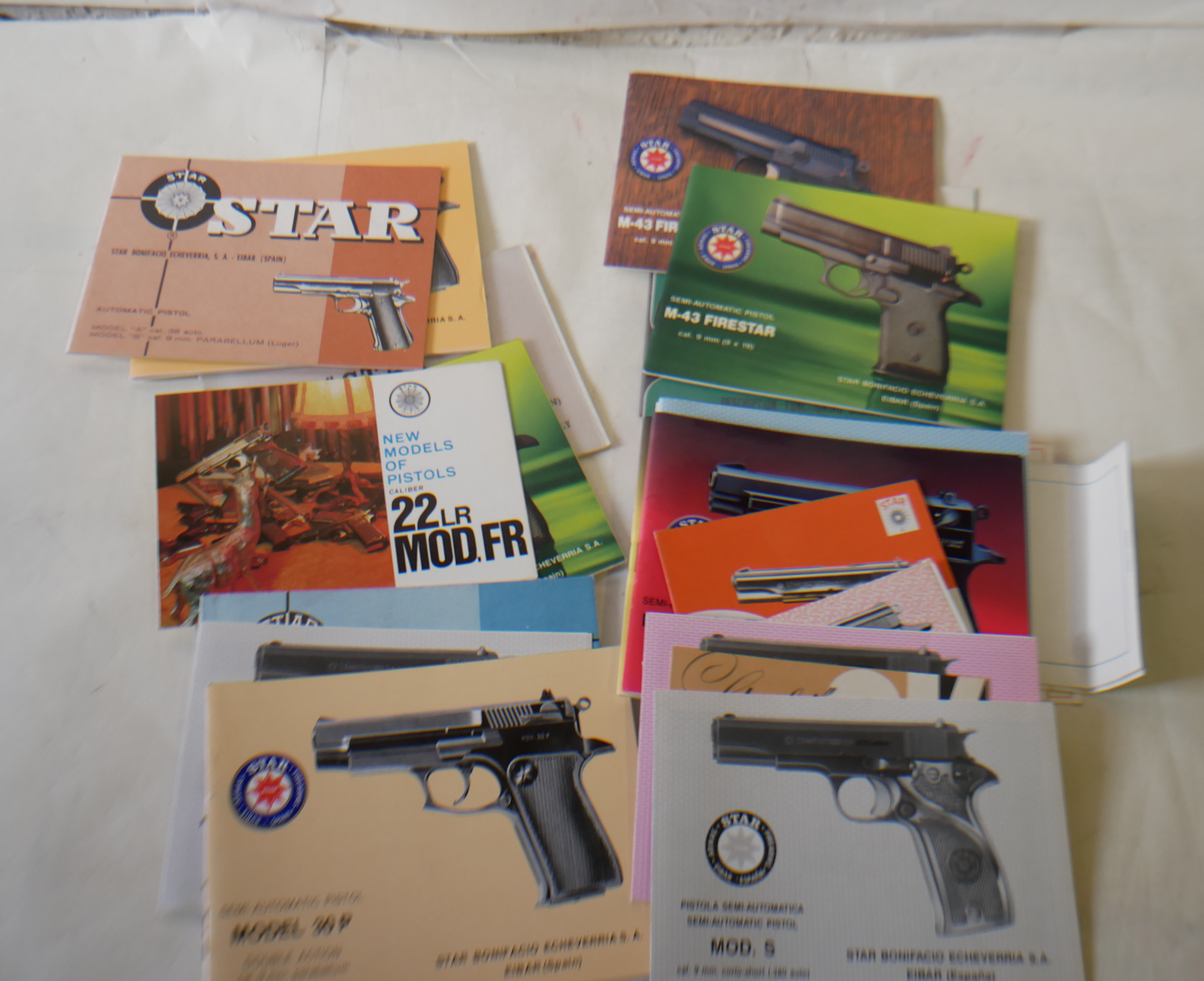
The grips are VZ Grips Tactical Diamonds. This 686-3 used in the test is completely stock, save for the grips, and has no cylinder chamfering or other modifications. I tested all loaders possible with the L-Frame 686 because it has the largest variety of loaders available to it.

Admittedly this was not always possible because different loaders fit different pouches, etc. The first phase of the test evaluated the raw speed of each reloading method.Įquipment: For the sake of consistency, I attempted to use the same equipment to the extent possible. I wanted to get an objective measure of what reloaders (if any) were actually faster than others. Speedloaders are designed for one thing: speed. I will then talk about each speedloader individually, and wrap up with my assessment of what is the “best” revolver speedloader. Also my gun, my choice of ammo, and other individual factors may come into play with a sample size this small. If you’re looking for lightning fast numbers you won’t find them, but these numbers should still be useful for comparative purposes. It is also due in part to my level of automated skill and current practice. This is due in part to my choice of using the Universal Revolver Reload. First, as you will see I am not the fastest revolver reloader. I was the only tester involved, so all the results here are based on my performance alone. There is some inherent bias in this test. This was far from a perfect test, however. Variant, Safariland Comp I/II/III, and Speed Beez. The speedloaders I tested were (in alphabetical order): 5-Star L6-357, CKT Ripcord, HKS, JetLoader, Pachmayr Aluminum Competition, Revision CV Ammo Pod (added 24 January 2020), S.L. Though I have some biases against particular models I didn’t want to leave anything out and I tried to be as objective as possible. I attempted to capture a good sample size of reloads with each speedloader.Īdditionally, I tried to test as many speedloaders as possible. As you will see, I attempted to standardize equipment and technique to the extent possible to minimize variables. Of course a “speed” test is included, but there are also factors like availability and size that come into play in the real world. I tried my best to take all the factors of a speedloader into account. Part I: The Best Revolver speedloader Test

Part III contains some discussion and some conclusions I gathered while conducting and writing this evaluation. Part II is the results of the test, organized by loader. Part I is an explanation of the test criteria. I’m sure it’s not completely comprehensive (I’m certain someone will immediately spot a loader I missed or a test I should have performed) but I am equally sure it will still be useful to someone.ĭue to its ridiculous length, this article is broken into three parts. Conducting this test took quite some time, both in time spent on the range, and overall time to put this together. Finding the time and the appropriate space to run this test took some time, as did deciding exactly what the test would consist of. I set out to answer this question over two years ago. Today I’m going to attempt to add some objectivity to the question, “what is the best revolver speedloader?” I will admit that a lot of our speedloader reviews have been shaped by my personal preferences and bias. We have been reviewing – or at least examining – speedloaders here since RevolverGuy’s very beginning.


 0 kommentar(er)
0 kommentar(er)
